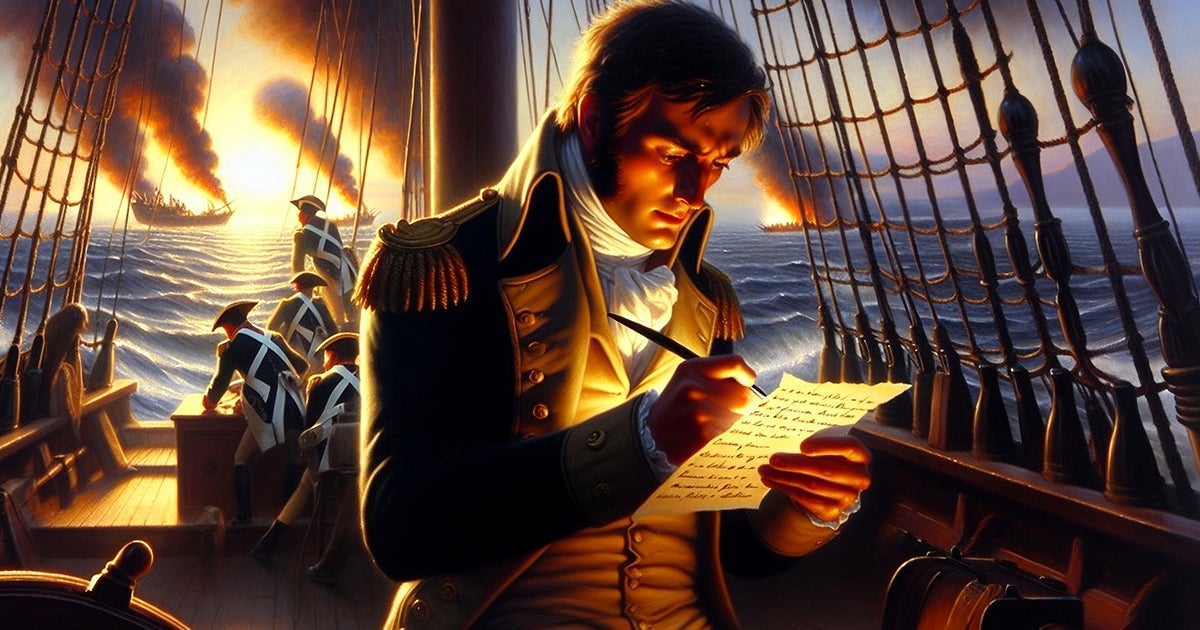
by Emma Sumlin • 4 minutes
June 14 is Flag Day, a time we set aside to honor and celebrate the adoption of the U.S. flag, America’s waving symbol of freedom. It’s a day to look back at our history and reflect on the sacrifices of our nation’s Founders, who paved a way for the liberties we cherish most. Among them, of course, is the freedom of religion—the First Freedom in the First Amendment that guarantees every American’s right to live according to their faith and beliefs.
Americans from East to West have many differences, and often in our current cultural climate it can be hard to find unity even amongst neighbors. However, Flag Day reminds us what brings us together and the cost to purchase such freedom to practice what all desire: life, liberty and the pursuit of happiness.
On June 14, 1777, the 2nd Continental Congress approved the design for the American Flag, which had thirteen alternating red and white stripes, and a blue field with thirteen five-point stars. The stripes represented the Thirteen Colonies. The flag became known as the “Stars and Stripes,” and as legend has it, President George Washington requested Philadelphian Betsy Ross to aid him in its design, and she stitched it together. In 1916, President Woodrow Wilson officially declared June 14 “Flag Day.” President Harry Truman in 1946 directed that the flag be displayed on all government buildings and anywhere else necessary and freely for national observance.
The American Flag has changed from its original design nearly 247 years later. Even so, it keeps its alternating thirteen red and white stripes, with fifty stars on the blue field, symbolizing how much the United States has changed in size after all these years. In the same way, our country and its people have changed as generations progress. What is unchanging is the flag as America’s symbol of freedom.
As the flag is raised higher, it displays at the core, America has not changed in its value for something higher. Even now, most Americans believe in our country’s founding values and seek to preserve them with pride and patriotism.
“The Star-Spangled Banner” and Francis Scott Key’s Lifetime Spiritual Mission
During the War of 1812, British warships bombarded Fort McHenry in Baltimore Harbor with rockets and shells on the Americans for over twenty-four hours, a chapter in the war that would be known as the Battle of Baltimore. Francis Scott Key, an American lawyer and lay minister, watched as the British began their attack some eight miles away.
“It seemed as though mother earth had opened and was vomiting shot and shell in a sheet of fire and brimstone,” Key later wrote. Certain the British would win, when morning dawned the next day and Key saw the U.S. flag risen high in the sky, he was overcome with joy at America’s victory. This prompted Key to write on paper a hymn that would be set to an English tune, known as “The Star-Spangled Banner.”
Most of us know the tune and lyrics by heart. But what we as Americans sing is usually the first verse. The fourth verse, often unknown, is deeply spiritual:
“O thus be it ever when freemen shall stand
Between their lov’d home and the war’s desolation!
Blest with vict’ry and peace may the heav’n rescued land
Praise the power that hath made and preserv’d us a nation!
Then conquer we must, when our cause it is just,
And this be our motto – ‘In God is our trust,’
And the star-spangled banner in triumph shall wave
O’er the land of the free and the home of the brave.”
Did you know that Francis Scott Key was a prolific poet and hymn writer?
“He was a devout man who had almost elected to be an Anglican priest, and so many of his poems are religious and include a few hymns and translations of psalms,” writes Jennifer Davis at the Library of Congress.
What’s more, Key was considered the national advocate for Sunday School. A man named Samuel Slater brought Sunday School to the United States, but Key advanced it towards the West, seeing it as an incentive for spiritual and moral renewal in America.
Key joined the American Sunday School Union (ASSU) in 1824 and was known as a “lifetime member,” quoted by the ASSU’s 1935 Annual. In 1830, Key chaired what was known as the “Mississippi Valley Enterprise,” which established over 61,000 Sunday schools with nearly 2.7 million students, all in fifty years. Many of these schools became planted churches and because of Key, the West was evangelized, over 50,000 people professing faith in God.
“America and Sunday School literally grew up together,” says David Francis, retired Director of Sunday School at LifeWay Christian Resources, who mentions Key in his works.
“Nowhere else in the world has Sunday School been embraced like in America,” Francis adds. “Nowhere else in the world has the idea of a constitutional republic been sustained like in America. Two ideas. Both of God. At the same time. Spreading together across a continent. What a fortunate coincidence.”
Key lived for lifetime ministry and believed deeply in religious liberty as a core foundation for everything America stands on. This is the man behind the beautiful song we sing regularly as a country.